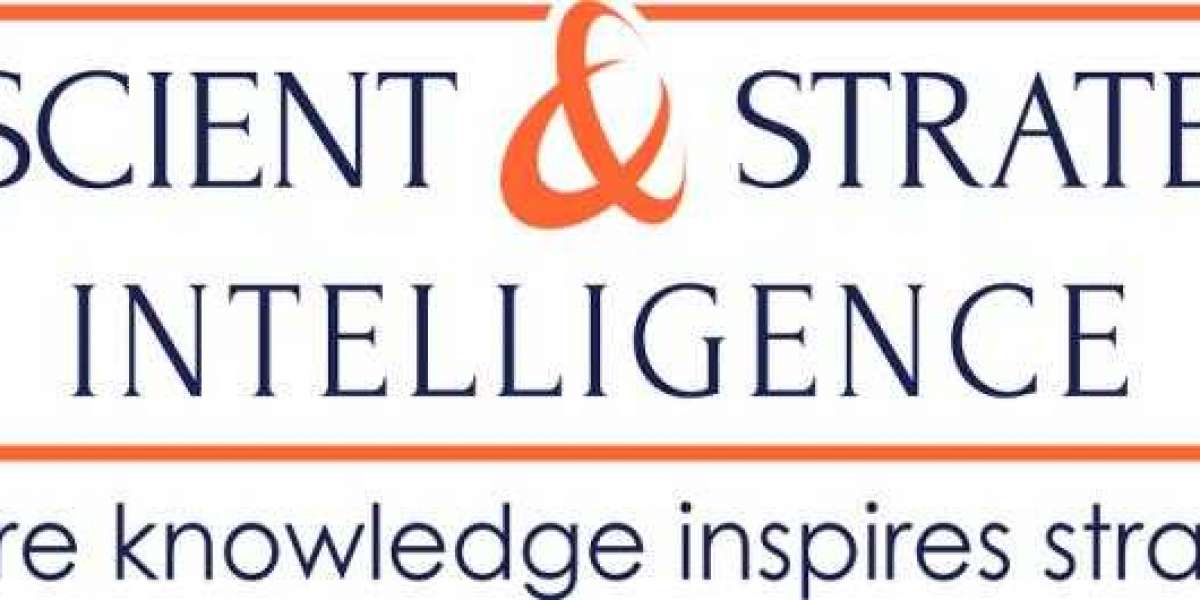As the penchant for online shopping has been growing across the world, the packaging industry has been registering significant growth. Because of the penetration of numerous e-commerce platforms and the introduction of hassle-free home delivery services, people are increasingly opting for online channels for shopping. The packaging of products is an important aspect of the e-commerce industry, as, without proper packaging, the product may get damaged during transit. This is resulting in the growth of the packaging industry. A new type of product being utilized during the packaging process is hot melt adhesive.
Hot Melt Adhesives: Dwelling Deeper
This product, commonly known as hot glue, can be found in households as well. Other than being common household products, hot melt adhesives have significant applications in a number of industries.
Hot melt adhesives are 100% solid formulations based on thermoplastic polymers. These products are solid at room temperature and soften on being heated. Hot melt adhesives are activated once they reach the liquid state, and they have the ability to keep the substrate moist until they solidify. When they are solidified, they return to the physical state, wherein they can function as an adhesive with structural integrity. Hot melt adhesives can be applied by rolling, spraying, or extruding, and the substrates are joined immediately after application or after reheating the layer that is applied in the solidified state.
A crucial and practical feature of these adhesives is that they cool rapidly and build their internal strength, thereby allowing for swift assembly and further processing. Hot melt adhesives can also be heated for melting and cooled for solidifying repeatedly. Because of this, these adhesives can be utilized for creating bonds that are thermally broken and reformed.
Owing to such advantageous properties, the global hot melt adhesives market is predicted to generate revenue of $10,259.7 million in 2023, increasing from $7,353.1 million in 2017, progressing at a 5.7% CAGR during the forecast period (2018–2023), according to a report by PS Intelligence.
Hot Melt Adhesive Product Types
- Polyester
- Ethylene vinyl acetate (EVA)
- Metallocene polyolefins (MPO)
- Polyurethane (PU)
- Amorphous polyalphaolefins (APAO)
- Polyamide (PA)
- Styrenic block copolymer (SBC)
The demand for EVA-based adhesives has been the highest among all these, because of the advantageous properties of these hot melt adhesives, including suitability in an extensive range of temperature, durability, and quicker setting. The adoption of EVA is further expected to increase in the years to come, owing to the growth of the automotive and construction industries.
For more info visit: https://www.psmarketresearch.com/market-analysis/hot-melt-adhesives-market/report-sample








